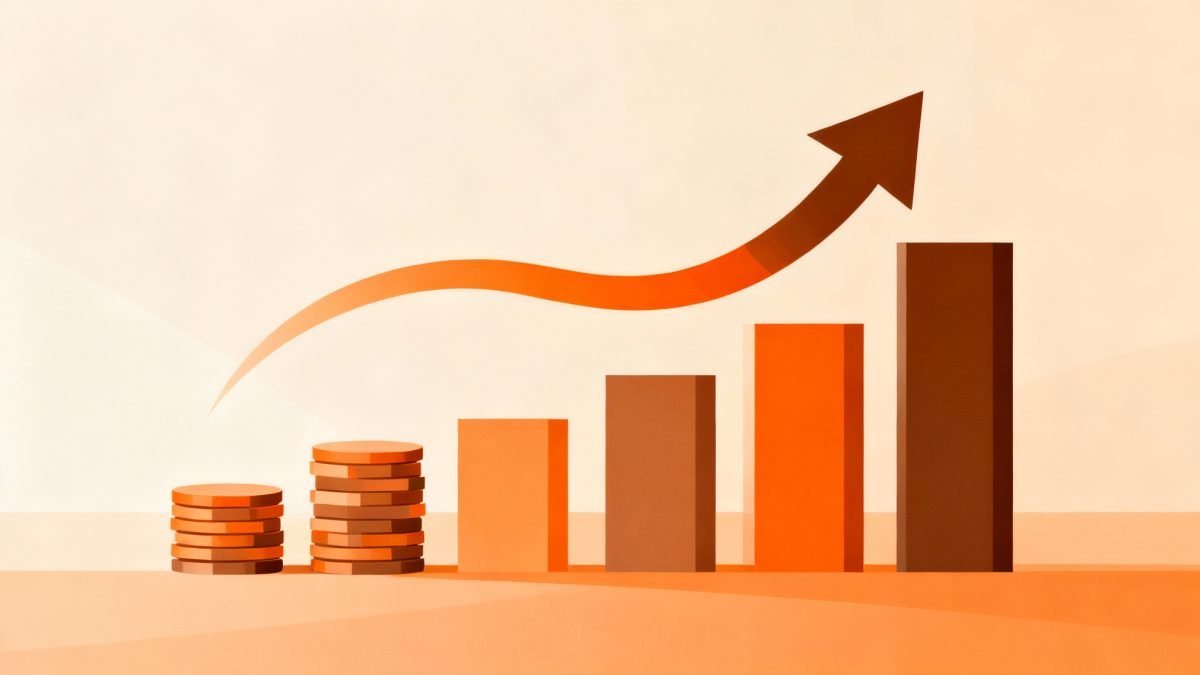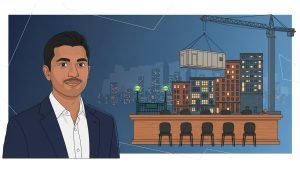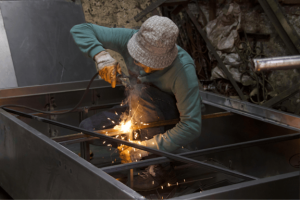Last Updated on November 12, 2025 by teamobn
If you’ve ever wondered why some people seem to turn a single property into a whole portfolio of wealth over the years, the answer usually comes down to one thing: time. Real estate isn’t a get-rich-quick game. It’s more of a steady climb, where patience and smart decisions pay off big. At the heart of it all is compound interest, that steady multiplier that rewards consistency and long-term vision.
In this article, we’ll unpack how compound interest works in real estate, why loans aren’t always the bad guys people think they are, and how both land and buildings play different roles in creating growth. We’ll also look at some practical strategies to keep you moving forward and managing risks along the way.
Contents
How Growth Compounds in Real Estate
So, what does “compounding” actually look like in real estate? It’s not just about watching your property value creep up year after year, although that’s part of it. It’s about multiple forces working together, appreciation, equity build, and reinvestment, stacking on top of each other over time.
Think of it this way: you buy a property. Over time, the value increases, your loan balance decreases, and maybe you reinvest some rental income into updates that allow you to raise the rent. Each layer adds to the total return. That’s compounding in action.
And the longer you hold, the more dramatic it gets. A five-year hold might feel decent, but stretch it to ten or twenty years, and suddenly you’re looking at completely different numbers.
A Simple 10-Year Example
Let’s break this down with a simple scenario. Suppose you buy a rental property for $250,000 with a 20% down payment. You finance the rest at a reasonable fixed rate. Each year, you chip away at the loan while also seeing modest appreciation of, say, 3–4%. On top of that, you’re collecting rent, which not only helps cover the mortgage but also leaves you with some positive cash flow.
Fast forward a decade: your loan balance is much smaller, your property might now be worth closer to $335,000, and your equity has grown through a combination of paying down principal and rising property values. Add in reinvested rental income, and you’ve multiplied your initial investment far beyond that first down payment.
And here’s the kicker: small tweaks can swing the numbers a lot. Change the interest rate by a single percentage point, or extend your hold period by just a few years, and the final outcome shifts dramatically. Before locking in terms, it’s worth running your own comparisons, taking a minute to calculate compound interest on different rates and timelines, and you’ll see how much it matters.
Loans Aren’t Just Debt. They’re Leverage
A lot of people hear “loan” and immediately think “debt trap.” But in real estate, loans are tools. The trick is to understand how they work and use them to your advantage.
When you first start paying a mortgage, most of your payment goes toward interest. Over time, though, the balance shifts, and more of each payment chips away at your principal. That gradual shift is part of the compounding process; you’re building equity without even noticing it.
Then there’s the choice between fixed and adjustable rates. Fixed gives you predictability, while adjustable might start lower but bring risks if rates rise. Either way, understanding how the interest compounds over the years helps you see the bigger picture.
And don’t forget about strategies like making extra payments or switching to a bi-weekly payment schedule. Those small changes can shave years off your loan and save you tens of thousands in interest. Not bad for just paying a little faster.
Land vs. Buildings: Two Different Growth Stories
Real estate isn’t one-size-fits-all. Land and built properties each play very different roles in the compounding process.
Raw land can be a waiting game. On its own, it doesn’t generate much income, but the potential payoff comes if, or when, the land gets rezoned, developed, or connected to utilities. That’s when its value can jump significantly, sometimes in a single step rather than a slow climb.
Built property, on the other hand, is more of a steady compounder. Rent payments create immediate cash flow, which can be reinvested into upgrades. Those upgrades boost the property’s value and rent potential, which in turn increases your equity. It’s a cycle that keeps reinforcing itself.
So, which is better? It depends. If you’re patient and willing to speculate a little, land can deliver big leaps in value. If you’d rather have steady returns and cash flow, improved properties may be more your style. Both paths, however, benefit from the passage of time and the mechanics of compounding.
The Risks You Can’t Ignore
Of course, real estate isn’t without its headaches. Markets fluctuate. Interest rates rise. Tenants leave. Permits get delayed. These things can all slow down or even reverse the compounding effect.
Taxes and maintenance costs can also chip away at returns if you’re not careful. Roof replacements, HVAC breakdowns, or a sudden spike in property taxes can eat into your cash flow quickly.
That’s why it’s important to build in buffers. Having a reserve fund, planning for capex (big-ticket repairs), and stress-testing your numbers under less-than-ideal conditions all help protect your long-term growth. Think of it as guarding your compounding engine so it keeps running smoothly.
How to Speed Up the Compounding Effect
While time is your biggest ally, there are a few ways to nudge the process along.
First, reinvest your cash flow. Instead of pocketing all your rental income, put some back into the property. Even small upgrades, like new appliances or better landscaping, can justify rent increases and boost property value.
Second, keep an eye on refinancing opportunities. If rates drop significantly, refinancing can reduce your monthly payments or free up cash to reinvest elsewhere. Used wisely, that extra money can accelerate your equity growth.
Finally, think about building a small portfolio over time. Instead of betting everything on one property, stagger your purchases so that each one starts its own compounding clock. It’s like planting trees at different times — you’ll eventually have a whole forest growing at different stages.
Quick Checklist for Smarter Growth
Not sure where to start? Here’s a quick checklist to keep you focused:
- Define your time horizon and possible exit strategies.
- Run the numbers with a simple amortization + appreciation table.
- Stress-test different interest rates, rent assumptions, and holding periods.
- Decide upfront how much rental income you’ll reinvest vs. keep as cash flow.
- Keep a reserve fund for surprises, because they will happen.
This simple framework helps you stay disciplined and avoid getting distracted by short-term noise.
Wrapping It All Up
At the end of the day, the real secret of real estate wealth isn’t luck or timing the market perfectly. It’s about letting compounding do its work while you stay consistent and intentional. Land can bring big leaps, loans can quietly build equity, and steady reinvestment keeps pushing your returns higher.
So here’s the question: are you willing to give time the chance to work its magic? Because the earlier you start, the sooner those small gains begin to snowball into something meaningful.






